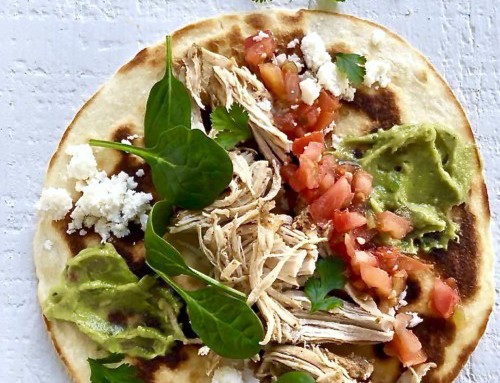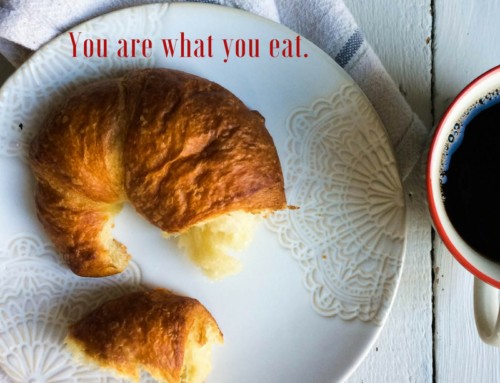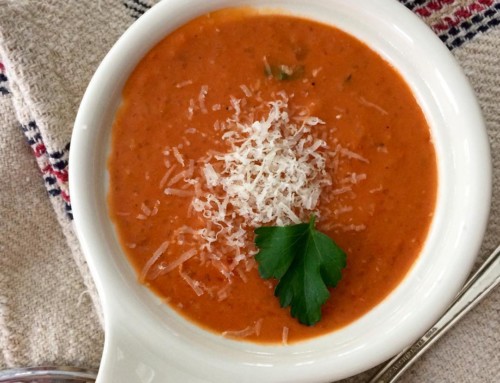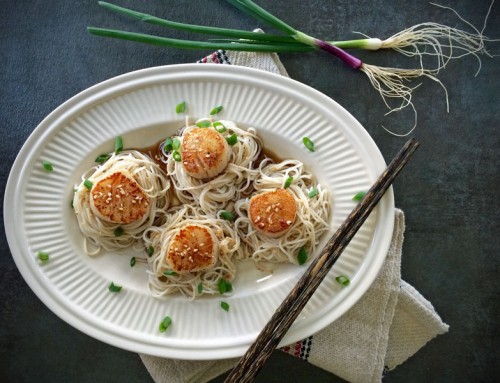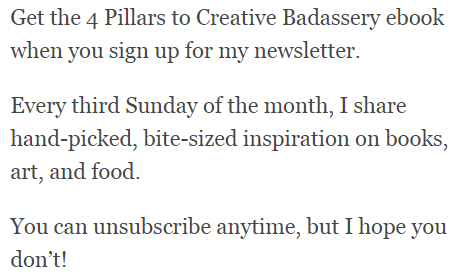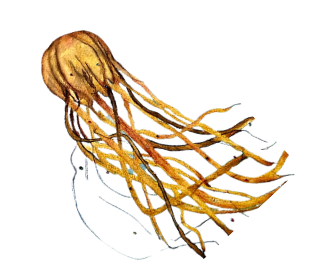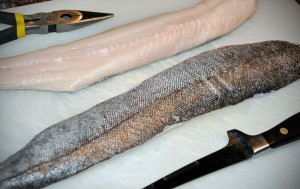 I was 10 years old in 1971. It was the first time I remember eating fish.
I was 10 years old in 1971. It was the first time I remember eating fish.
I should clarify, it wasn’t the first time I’d actually eaten fish, because as a religious ritual, we’d eat fish every Friday.
But it was the first time I’d remembered paying attention to what my sister Kathleen was doing with the box of frozen fish sticks.
Kathleen removed the Mrs. Paul’s breaded fish sticks from the freezer, lined them like soldiers on the blackened sheet pan, and placed them in the center of our new avocado-green electric oven. (Maybe it was the new oven that got me jazzed about what was happening in the kitchen) She’d set the timer on the stovetop and the went on to another kitchen task.
I’d sat at the kitchen table and waited. I’d turn on the oven light a few minutes before the timer rang, just about the time I’d smelled the toasty, fishy aroma, and peeked through the window of the oven door to watch the fish sticks sizzle and turn golden brown.
How did I get from those days to where I am now, writing and blogging about fresh seafood?
Well, thanks to my older sister Kathleen and older brother Kevin, I’d learn the basics of cooking. Along with the four-burner electric oven, a cast iron skillet, a well-worn Dutch oven, a handful of baking sheets, a few wooden spoons and several plastic spatulas.
Kathleen taught me how to brown links of Italian sausage with green peppers and onions, then add tomato sauce, a few dried herbs and then toast a hoagie bun in the oven. She’d taught me how to bake a meatloaf, “Don’t mix it too much,” a creamy tuna noodle casserole, and to how simmer Swedish-style meatballs, slowly, in a rich brown gravy.
Kevin, fresh out of culinary school, taught me how to hold a knife in my right hand, celery, carrots and onions in my left, and chop, mince and dice, so I wouldn’t cut myself. “Curl the tips of your fingers under when you hold the vegetable,” he’d say, as he held his hand over mine.
It wasn’t until I was twenty-seven years old when I’d moved to Marathon, Florida, I’d learn to cook professionally and find my real passion for food, in a run-down greasy diner.
From 1989 to 1999, I’d cracked over a quarter of a million eggs, fried five tons of lay-out bacon and sausage patties and flipped more blueberry and banana pancakes at The Wooden Spoon Restaurant than I’d ever thought possible.
All cooked on two, three-foot, flat-top griddles.
The Wooden Spoon Restaurant, also called, “The Spoon,” was a 50s-style breakfast and lunch diner. It was the kind of place you love to stumble upon by chance, or better, the kind of place you go every day, because the food and service are so damn good. It was the kind of place you were known by your name, or better, by your food order. Or by the dollar amount that you spent, like Bob the boat mechanic’s nickname, “Three eleven.” Bob spent three dollars and eleven cents for two eggs over-easy, wheat toast and a cup of black coffee. Every day. Nobody minded, and everybody loved it.
At The Spoon, I longed to get away from the traditional, budget-friendly, family meals that I cooked as a young teenager in the little, sparsely furnished kitchen in Pittsburgh. But I only cooked breakfast and lunch at The Wooden Spoon.
I’d learned no matter where you go, or how big your kitchen is, people love familiar, home-style comfort foods: bacon and eggs, French toast, pancakes and creamy sausage gravy poured over fluffy, buttermilk biscuits, meatloaf and mashed potatoes. I poured copious amounts of rich, chicory-flavored coffee and gallons of sweet tea. No barista’s at The Spoon.
My second year managing The Spoon, the sixty-four seats were packed most days from 5 a.m. to 1 p.m. Tourists willing to wait, lined-up outside around the saltbox building, many times for over an hour.
I developed a knack for cooking on those two flat-top griddles.
I’d learned to create mouth-watering, gourmet-style omelets and baked apples with rum sauce on Zucchini bread French toast. I was fast and cooked grease-free most of the time. Of course when I was looking for my weed-wacker to get out of the weeds, everything was covered in the thick, stick-to-your-skin grease, including me.
But most important, I’d mastered the art of cooking eggs to order.
You see, people are fussy about how their eggs are cooked. I’d learned a lot about people based on how they ordered their eggs.
Then ten years of cooking in that tiny roadside diner flew by. Standing at those griddles took its toll on my body. My back, feet, and shoulders ached with pain. And that became what is known as the end of that phase of my life’s cooking journey.
The next ten years brought a larger, more diverse style of culinary training and cooking, that of big-box food sales, brokerage and wholesale distribution.
But I’ll leave that story for another day.
For now, as I write this story, a savory, spicy chili is simmering on my stovetop. And even though I don’t have access to fresh Florida seafood, and I’m thousands of miles away from either coast, I’m content.
Because I know that sooner or later, I’ll get my hands on some fresh fish, and then I’ll slice, batter, and bake my own version of Mrs. Paul’s breaded fish sticks.

